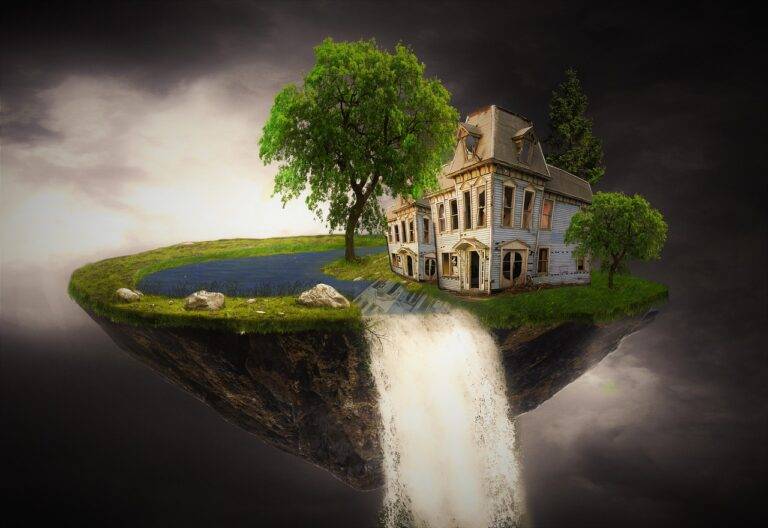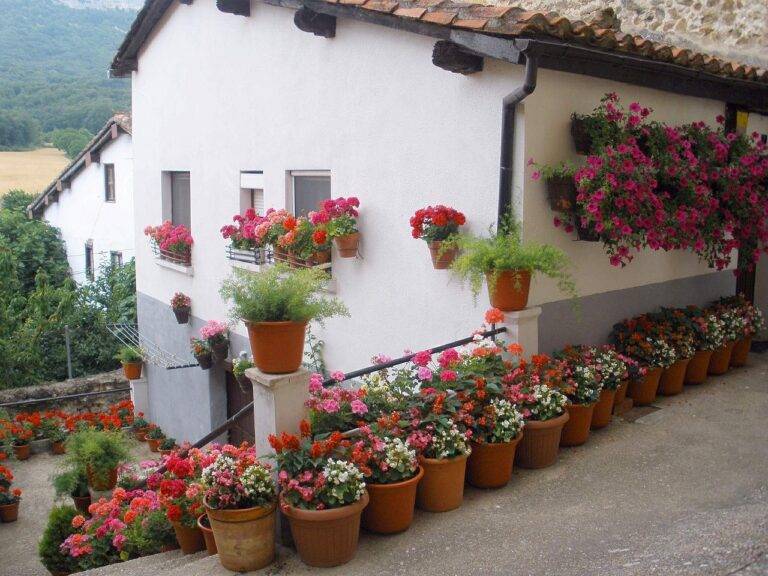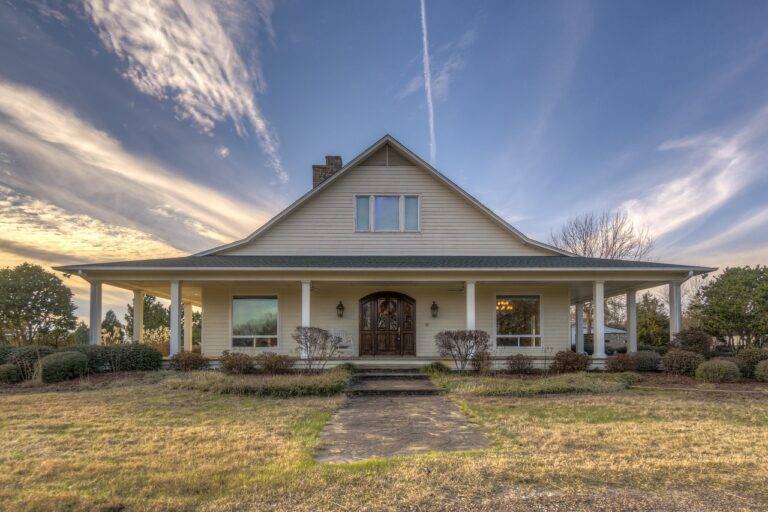DIY Deck Building: Tips for a Sturdy and Stylish Structure
When planning the design of your deck, consider the layout and size of your outdoor space. Take measurements and note any existing features such as trees, fences, or slopes that may impact the deck’s design. Understanding these factors will help you determine the optimal placement and size of your deck for both functionality and aesthetic appeal.
Moreover, think about how you intend to use your deck. Whether it’s for relaxation, hosting gatherings, or outdoor dining, your deck design should cater to your specific needs and lifestyle. Consider incorporating designated areas for seating, dining, and other activities to maximize the usability of your outdoor space. By carefully planning your deck design with these aspects in mind, you can create a functional and visually pleasing extension of your home that enhances your outdoor living experience.
Choosing the Right Materials
When selecting materials for your deck, it is crucial to consider both aesthetic appeal and durability. Opting for high-quality materials will not only enhance the overall look of your deck but also ensure its longevity. Keep in mind that different materials offer various levels of maintenance, so it’s essential to choose one that aligns with your preferences and lifestyle.
Wood, composite, and PVC are popular choices for deck materials. Wood provides a classic and natural look but requires regular maintenance to prevent rot and decay. Composite decking, on the other hand, offers a low-maintenance option that is resistant to staining, scratching, and fading. PVC decking is another durable option that is resistant to mold, mildew, and moisture, making it a great choice for areas with high humidity or frequent rain.
How do I start planning my deck design?
To start planning your deck design, consider the size and layout of your outdoor space, the purpose of the deck, and any specific features you want to include, such as seating areas, fire pits, or built-in planters.
What materials are commonly used for building decks?
Some common materials used for building decks include wood, composite, PVC, and aluminum. Each material has its own advantages and considerations, so it’s important to choose the right one for your specific needs.
How do I choose the right materials for my deck?
When choosing materials for your deck, consider factors such as durability, maintenance requirements, cost, and aesthetic appeal. Think about how you plan to use the deck and the climate in your area to help guide your decision.
What are the advantages of using composite decking?
Composite decking is a popular choice for many homeowners because it requires minimal maintenance, is resistant to rot and insects, and comes in a variety of colors and textures. It is also eco-friendly, as it is made from recycled materials.
Are there any drawbacks to using certain materials for deck construction?
While wood decking is a popular choice for its natural look and feel, it requires more maintenance than other materials and is susceptible to rot and insect damage. PVC and aluminum decking, while low-maintenance, can be more expensive upfront. It’s important to weigh the pros and cons of each material before making a decision.





